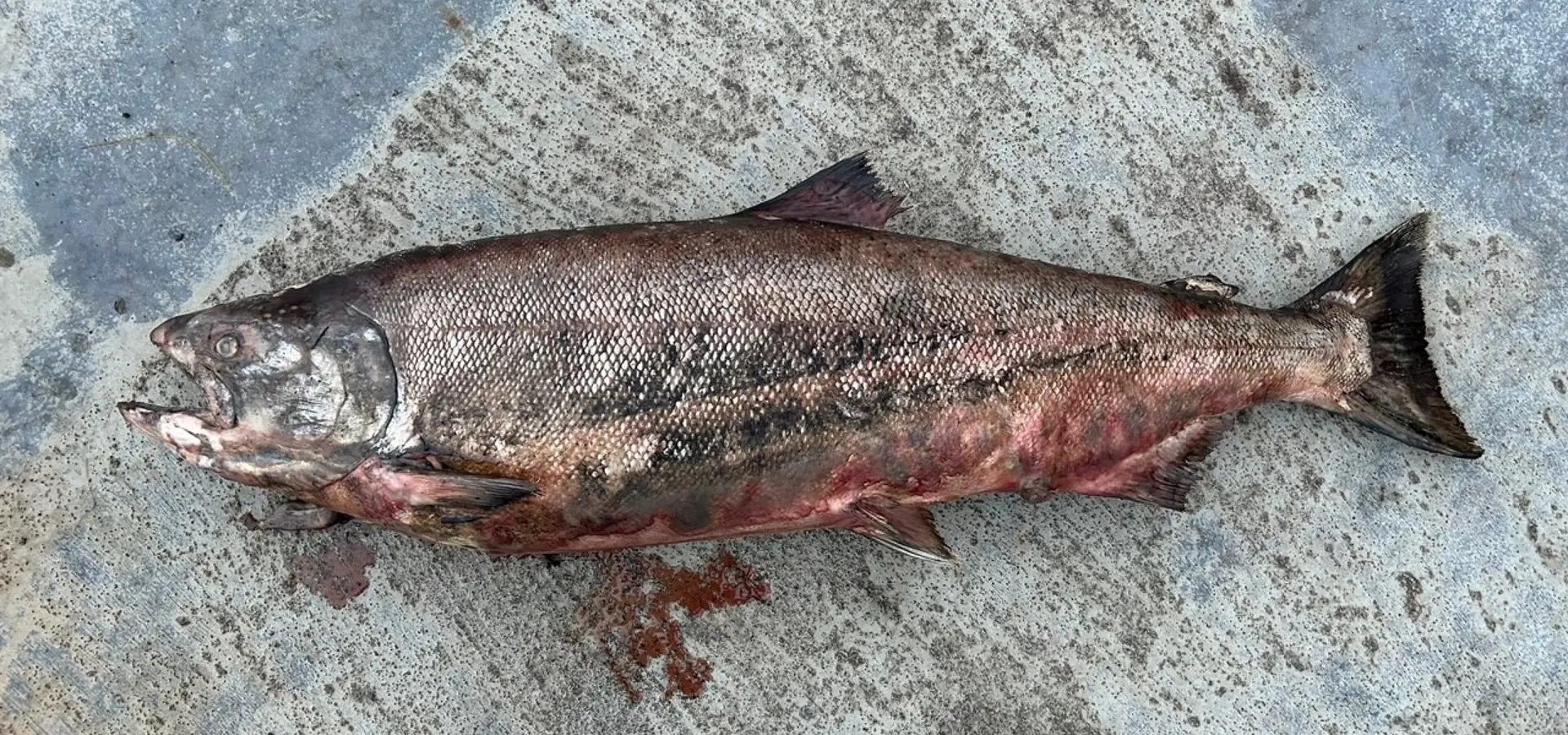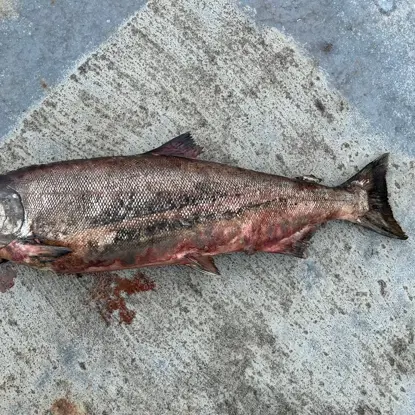Location successfully changed to English (Global)
- Select a region
- English (Global)
- English (Asia)
- English (USA)
- 中文
- Deutsch
- Español
- Français
- 日本語
- Polski



Europe is importing more shrimp every year yet growing demand is impacting mangrove ecosystems in Ecuador and the populations that directly depend on them.
The European Union imports large quantities of farmed and wild shrimp from third countries to meet increasing demand. According to data from EUMOFA, 32% of the EU’s imports of frozen Penaeus shrimp in 2021 came from Ecuador, making it the bloc’s largest supplier. The main European importing countries were Spain (34%), France (20%) and Italy (14%).
The free trade agreement that Ecuador signed with China on 3 January 2023, which covers shrimp, will likely boost Ecuador’s shrimp production in the coming years.
The shrimp farms claim that they export an ‘organic’ shrimp: we would ask these imports to be monitored, because we have demonstrated that the large shrimp farms, which have been responsible for violence and population displacements and mangrove destruction, continue to work with chemicals and dump their waste into the sea, killing our wildlife.
Activist from the coastal areas of Ecuador interviewed for this report (name not disclosed to protect security).



Shrimp aquaculture in Ecuador has been identified as a main driver of mangrove destruction. According to the National Coordinating Corporation for the Defence of the Mangrove Ecosystem of Ecuador (CCONDEM, from its initials in Spanish), more than 70% of the mangrove ecosystem in Ecuador has been destroyed by shrimp ponds since the establishment of shrimp aquaculture farms.
The destruction of mangroves – which have adapted to live and thrive in coastal and salty waters in tropical and subtropical regions – is affecting coastal and traditional communities and is undermining efforts to fight climate change and its impacts.
Indeed, coastal and traditional communities have managed mangroves for centuries and live and depend on the resources they generate, including fish and seafood. But these forests are not only highly productive ecosystems which are key for food security; they also act as a buffer against weather events, help prevent erosion, and are efficient at storing carbon.

The shrimp industry left us without jobs and those mangroves that they destroyed were our inheritance for our children to live from this ecosystem. The last remaining mangroves are the ones that provide subsistence to our people from fish and seafood.
Activist from the coastal areas of Ecuador interviewed for this report.
Organised civil society groups from local and traditional communities in Ecuador say they can both preserve the mangrove forests and live from the resources they generate, as they have done for centuries.
However, the increasing aquaculture production to meet the global demand for shrimp is likely to have an even higher impact on the mangrove ecosystem and on the populations that directly depend on it.
European seafood companies and investors must conduct due diligence across their value chains and portfolios to identify their adverse environmental and human rights impacts, adopt measures to prevent potential impacts and address existing ones. In particular, seafood companies must improve the transparency and traceability of the species they trade and avoid sourcing products without adequate guarantees of social and environmental sustainability.
As a European seafood company, if you’re trading in shrimp from Ecuador, you are likely facing hidden risks. Avoiding causing or contributing to environmental degradation or human rights violations starts with understanding them.
Download this document to find out more